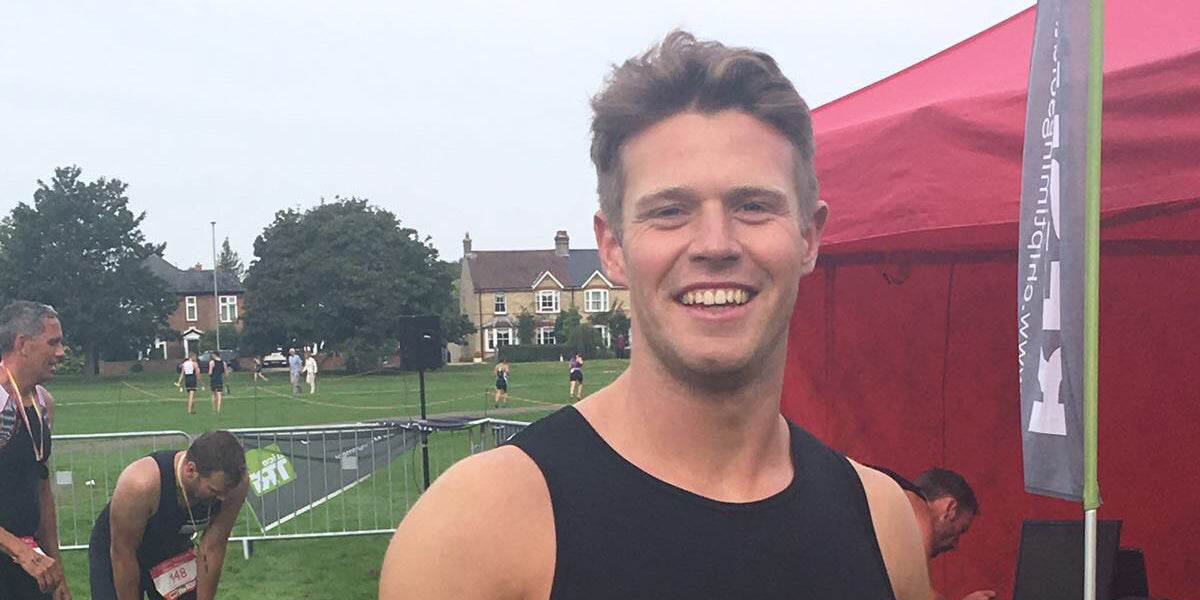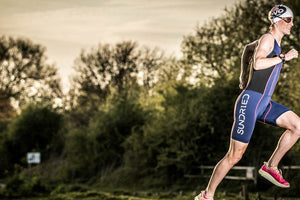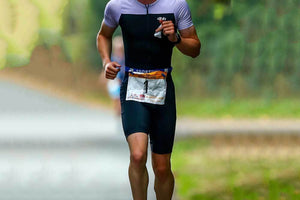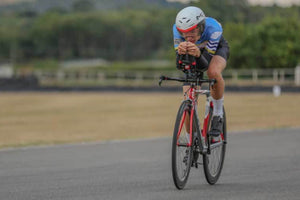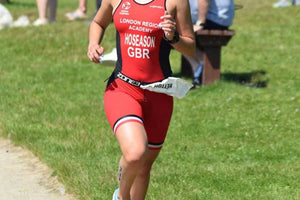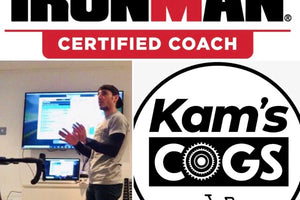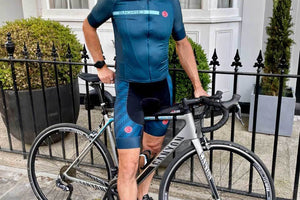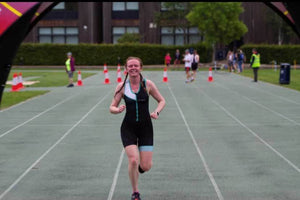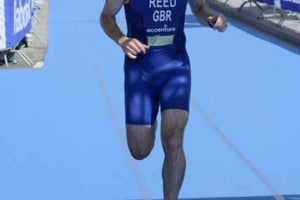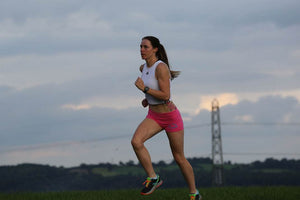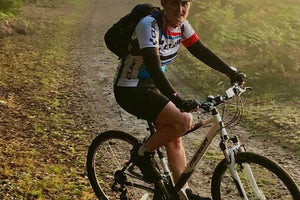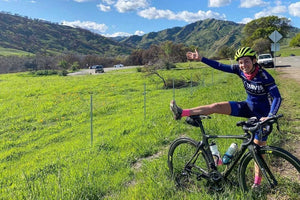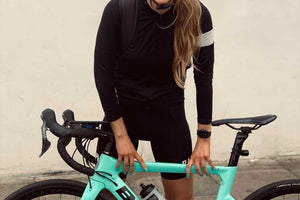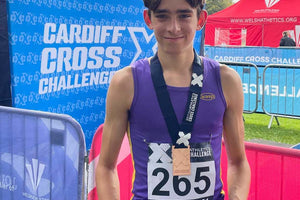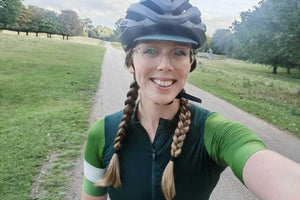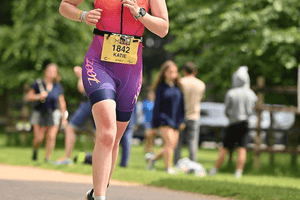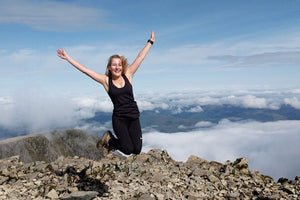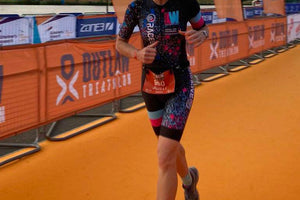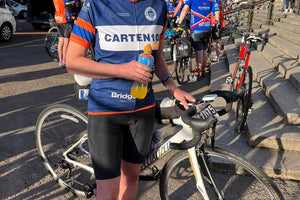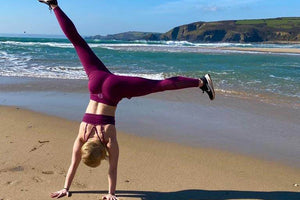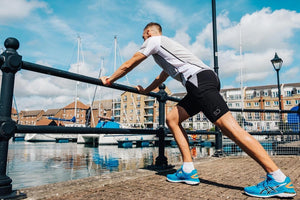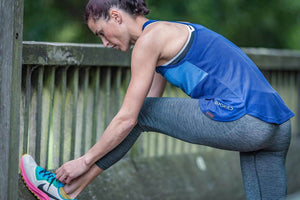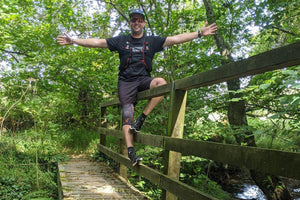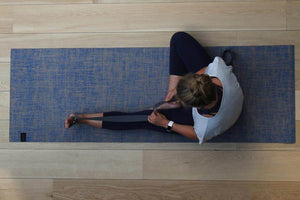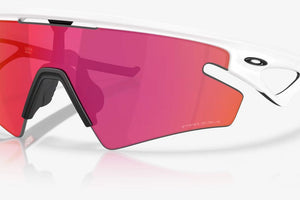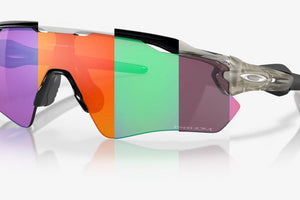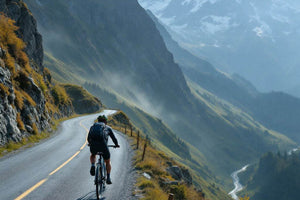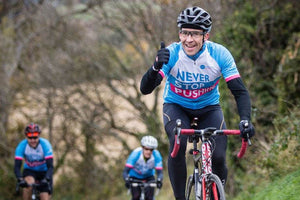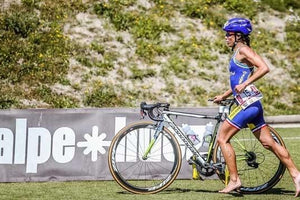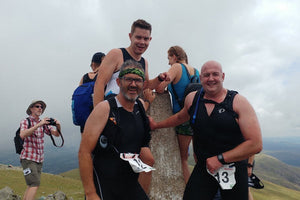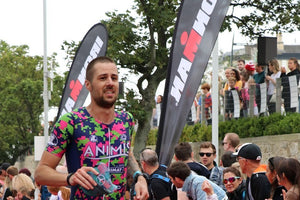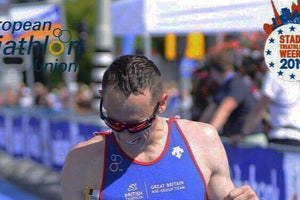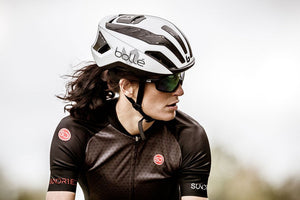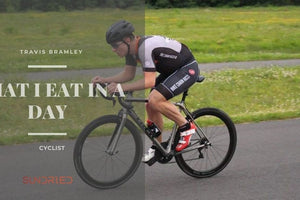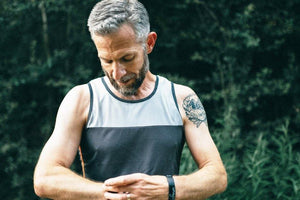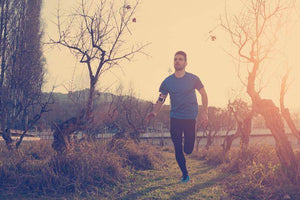
After wanting to try my hand at a triathlon for a while now, I finally took the plunge and entered the Nice Tri St Neot's Triathlon series. Instead of throwing myself in at the deep end with a standard distance race, I figured it would be better to first test my fitness with the Sprint discipline.
Training
I was coming into triathlon training completely fresh not knowing what to expect. Physically, I was probably the fittest I’ve ever been though. I swam a lot as a teen and cycling is in my family (my granddad cycled across North America in 8 weeks, across the Andres and the foothills of the Himalayas, all after the age of 50). My running left a lot to be desired, but I was capable enough. After calling on a few friends who’ve tackled triathlons before, I was told to split up the distances in training into intervals. This, I was told, would improve my VO2 max; increase my speed consistency over the course of the race and just as importantly, stop training from ever becoming tedious.
I set myself the aim of doing each race discipline twice a week in the run-up to race day. With it being my first triathlon, I wanted to hit the ground running with as much momentum as possible and therefore decided against tapering one-week prior.
The swimming was my biggest error in training. Not once did I do any open water training. It was just a lot more convenient for me to base my training in the pool. Swimming 20 lengths of the local 50m pool in the morning before work suited my schedule a lot better. I learnt the hard way on race day when the open water humbled me and taught me a valuable lesson. Training shouldn’t be convenient; it should still push you outside your comfort zone to prepare your body for what’s to come.
When I was at a 25m pool, I’d split the 40 lengths into 10 lengths with a minute rest between rounds. The bike was done in 1k splits, and with running I opted for 500m sprints or one-mile splits, aiming to hit the same split time within a 10-20 seconds difference. This combination of intervals gave me a solid aerobic base.
Race Day
I didn't really feel nervous on the morning of the race. It was more the apprehension of not knowing what to expect from the water or the race as a whole. I knew I wasn’t going to compare myself to others; I was there to complete, not to compete.
When the field of athletes entered the River Ouse, I was actually pleasantly surprised. I’d been so worried about the temperature of the water, but when I dunked my head under in the brief warm up, I didn’t freeze, and to my surprise the water was clear – dare I say it, the perfect conditions.
I was told from the start that jostling for position would inevitably happen in a field of over 350 competitors. I initially stuck to the game plan by hanging back, but my competitive nature pulled me in. This didn’t help calm my breathing. The one thing I was repeatedly told to do was to stay calm in the water and enjoy it, that way I could find a rhythm and settle into the swim. However, my breathing suffered and I soon found myself having to breathe every stroke, as opposed to every three strokes like in the pool (that’ll teach me for not acclimatising my body to open water).
Spotting was an art I should’ve practised too. I found myself having to slow down in the race temporarily to assess my position. In hindsight, I should’ve planned my spotting simultaneously with my strokes to improve efficiency.
One thing I wasn’t expecting was the niggling cramp I experienced in my quads while swimming. The combination of not sufficiently warming up, the cold temperature hitting my muscles, and not letting my arms do the majority of the work (to save my legs for the later bike and run) left my leg muscles stiff and unable to kick with any real strength. This combination of unsteady breathing and heavy legs meant I emerged from the water a bit off the pace.
My transition from water to bike was slow. I’m not sure if it’s common or not, but I was pretty dizzy and disorientated emerging from the water. Once on the bike though, it was a different story. I’m going to put this down to getting out of my wetsuit to show off my Sundried Performance Tri-Suit. I was flying now. I was in my natural environment and managed to make up ground. St Neots provided an ideal course for riders. Apart from a few big hills, the country roads of Cambridgeshire proved kind to the first-time triathlete. I’d hit my stride.
Myself and another rider spent large parts of the bike segment neck and neck. He would pass me on the flats; I would take him on the hill. This definitely helped keep me motivated as the miles racked up.
Going into the run, my legs felt surprisingly good. I’d shaken off the cramp and unlike from swim to bike, my muscles were warm enabling me to keep pushing harder.
Knowing all I had to do was make it through a 5km run and then I could reward myself with a Sunday roast, the run felt smooth. The hard miles had been done and I continued to pass a few more of the field. The two laps around a very flat and peaceful Regatta Meadow Park felt like it went really quickly and having amazing support from the crowds provided extra motivation to finish strong. Crossing the finish line, I didn’t feel hugely fatigued. In fact, I’m sure I crossed it with a huge smile on my face.
Final Thoughts
The smile as a crossed the line is what matters. As a first-timer trying a triathlon it’s so important to just enjoy the experience and not get to caught up in trying to keep pace with seasoned club competitors. I learnt so much from training, the preparation needed, and even more so from the race, for example pacing.
I’ve definitely caught the triathlon bug and next season I’m already lining up a few standard distance events. My advice to anyone thinking about taking the step and entering a triathlon – just go for it. You have nothing to lose, everything to gain. Thank you again to Sundried for the incredible performance tri-suit. Not only did it look great on, more importantly throughout the race it was unbelievably comfortable. At no point did I experience any discomfort, tightness or chafing, which allowed me to focus solely on my performance. Here’s to a successful off-season training hard!
About the author: Michael Jennings has been the Junior Fitness Editor at Men's Health Magazine since November 2016. His editorial areas of interest include fitness, nutrition, supplements, activewear, retreats, and events.


